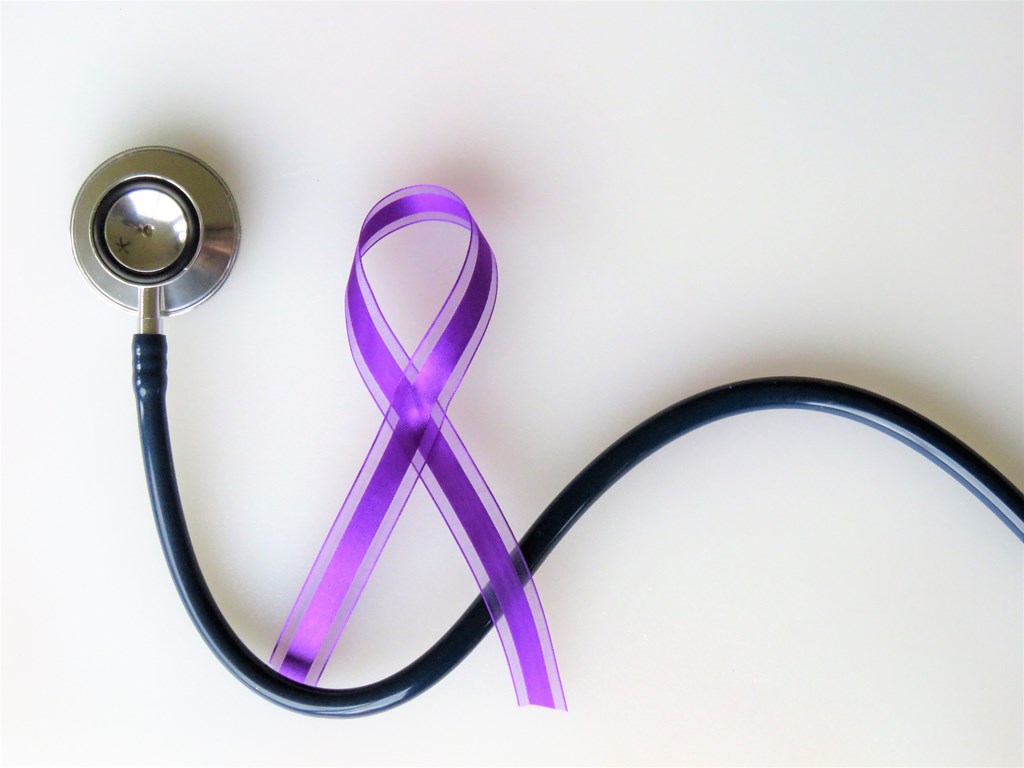Managing Opioid Withdrawal: Strategies for Coping with Cravings and Discomfort

Opioid withdrawal can be a challenging and uncomfortable experience for individuals seeking recovery from dependency. With the right strategies and support however, it is possible to navigate this crucial stage and move towards a healthier, drug-free life. In this blog post, we will explore effective methods for managing opioid withdrawal symptoms, including the use of medication, therapy and self-care techniques. We’ll also provide advice on how to cope with cravings and discomfort during the withdrawal process, with insights from experts in the field, including Dr. Chip Roberts, our esteemed chief medical officer, and experienced clinicians and counselors.
Understanding Opioid Withdrawal
Opioid withdrawal occurs when an individual stops or reduces their use of opioids after prolonged and regular use. The symptoms can vary in intensity and duration but often include muscle aches, nausea, anxiety, insomnia and intense cravings. It’s essential to remember that withdrawal is a temporary phase and a sign that the body is readjusting to functioning without opioids.
Medical Intervention and Medication-Assisted Treatment (MAT)
“Medication-Assisted Treatment (MAT) plays a vital role in managing opioid withdrawal,” explains Dr. Chip Roberts, the chief medical officer at New Season Treatment Center. “MAT combines the use of medications, such as methadone, buprenorphine, or Suboxone, with counseling and behavioral therapies.” These medications help alleviate withdrawal symptoms, reduce cravings and restore stability, making the recovery journey more manageable.
Counseling and Therapy
Clinical support and therapy are instrumental during opioid withdrawal. Counselors and clinicians provide a safe space to discuss challenges, emotions and coping strategies. Therapy helps individuals identify and address the underlying causes of addiction, learn healthy coping mechanisms and develop relapse prevention skills.
Coping with Cravings
Cravings can be one of the most difficult aspects of opioid withdrawal. To manage cravings effectively, it’s crucial to have a range of coping mechanisms at your disposal. According to Dr. Roberts, “Engaging in distraction techniques, such as physical exercise, hobbies or spending time with supportive friends and family, can help redirect focus away from cravings.”
Self-Care Techniques
Practicing self-care is essential during opioid withdrawal. It helps individuals nurture their physical, mental and emotional well-being. Our counselors recommend several self-care techniques, including:
1. Establishing a Routine: Create a structured daily routine to provide stability and a sense of control during this challenging time.
2. Exercise and Physical Activity: Engaging in regular exercise not only distracts from cravings but also promotes the release of endorphins, improving mood and reducing discomfort.
3. Adequate Rest and Sleep: Prioritize getting sufficient sleep and rest to aid the healing process and alleviate fatigue.
4. Balanced Nutrition: A well-balanced diet can support the body’s healing process and provide the necessary nutrients for recovery.
5. Mindfulness and Relaxation Techniques: Incorporate mindfulness, meditation, deep breathing exercises or yoga to reduce stress and promote relaxation.
Seeking Support
During opioid withdrawal, seeking support from others who understand the journey is crucial. Counselors, support groups and loved ones can offer guidance, empathy and encouragement. Building a strong support network is essential to stay motivated, accountable and connected.
Conclusion
Managing opioid withdrawal is a significant milestone on the path to recovery. By combining medical intervention, therapy and self-care techniques, individuals can successfully navigate this challenging phase. Remember, every person’s journey is unique, and seeking professional guidance from experienced clinicians and counselors is key to a successful recovery.
As Dr. Chip Roberts affirms, “With the right strategies and support, individuals can not only manage opioid withdrawal but also embark on a fulfilling life in recovery, free from the grips of addiction.”

